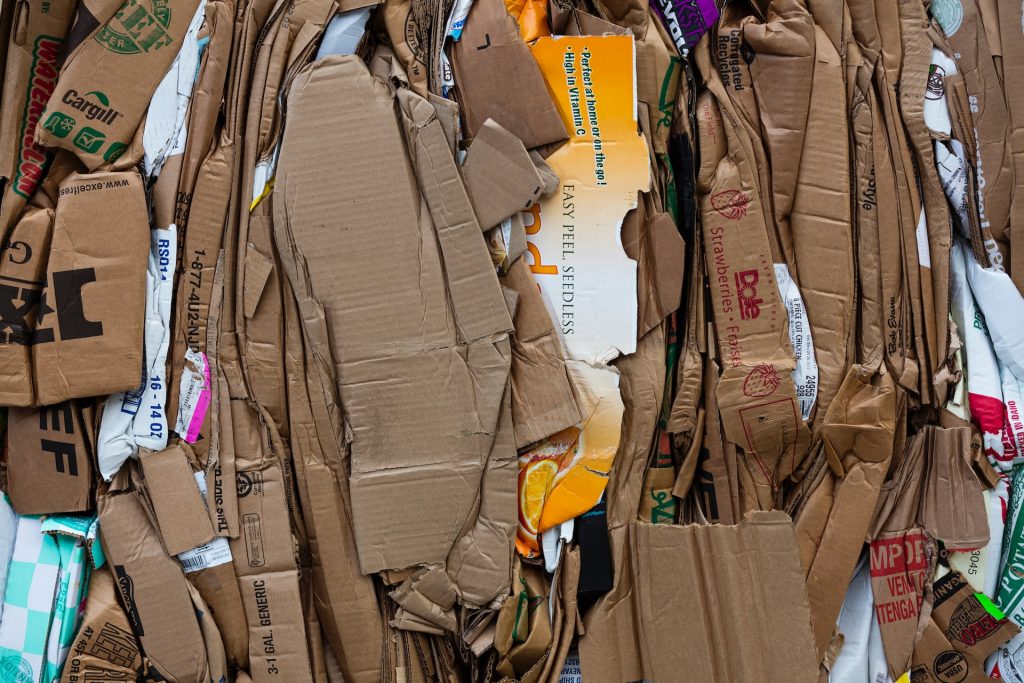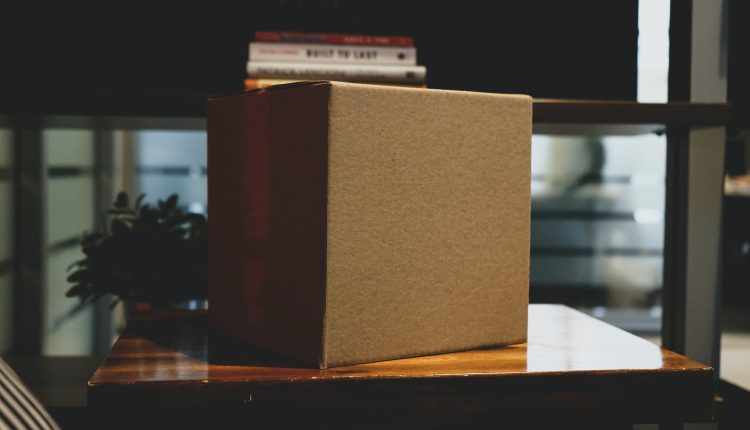How to Recycle Cardboard Boxes? Giving New Life to Your Old Packaging Supplies
In a world that’s increasingly conscious of sustainability, recycling cardboard boxes is not only an eco-friendly choice but also a responsible way to dispose of your old packaging supplies. Cardboard boxes, often used for shipping and storage, are one of the most recyclable materials available. Explore the importance of recycling cardboard boxes and explore practical ways to do so.
Why Do Recycling Cardboard Boxes Matter?

Environmental Benefits
Recycling cardboard significantly reduces the demand for virgin materials, which helps conserve natural resources like trees. This, in turn, minimizes deforestation and its associated negative environmental impacts, such as loss of biodiversity and increased greenhouse gas emissions.
Energy Savings
Recycling cardboard also consumes less energy than producing new boxes from raw materials. It takes considerably less energy to convert used cardboard into new cardboard products, contributing to overall energy savings and a reduced carbon footprint.
Waste Reduction
Cardboard is a major component of municipal solid waste, and recycling it reduces the volume of waste that ends up in landfills or incinerators. Reducing landfill waste helps mitigate pollution and reduces the need for new landfill sites.
How to Recycle Cardboard Boxes?
1. Flatten and Clean
Before recycling cardboard boxes, flatten them to save space and make transportation more efficient. Remove any non-cardboard materials such as plastic packaging, tape, or labels. While some recycling facilities can handle small amounts of tape or labels, removing them ensures the highest quality of recycling.
2. Check Local Recycling Guidelines
Different municipalities have varying recycling guidelines, so it’s essential to check with your local recycling program to understand their specific requirements for cardboard recycling. They may provide curbside recycling pickup or require you to drop off cardboard at designated recycling centers.
3. Separate Corrugated Cardboard
Corrugated cardboard, commonly used in packing supplies and shipping boxes, is recyclable and valuable to the recycling industry. Be sure to separate corrugated cardboard from other types of cardboard, like cereal boxes or tissue boxes, as they may have different recycling streams.
4. Reuse or Donate
Before recycling, consider whether cardboard boxes can be reused or donated. If they are still in good condition, they can serve multiple purposes, such as moving boxes, storage containers, or even craft projects. Donating boxes to local charities or businesses in need can also extend their usefulness.
5. Utilise Cardboard Drop-Off Locations
Some communities have dedicated cardboard recycling drop-off locations where you can bring your flattened boxes. These facilities are equipped to handle larger quantities of cardboard and ensure it gets properly recycled.
6. Reusable Packing Supplies
Consider investing in reusable packing supplies that are not only eco-friendly but also cost-effective in the long run. Options like cloth bags, reusable plastic containers, and fabric-based bubble wrap can be used repeatedly for various packing needs.
7. Biodegradable Packing Peanuts
If you must use packing peanuts for cushioning, opt for biodegradable ones made from starch. These peanuts dissolve in water, making disposal more environmentally friendly.
8. Repurpose Packing Materials
Many packing supplies, such as bubble wrap, air pillows, and foam inserts, can be repurposed for other uses, like protecting fragile items during storage or shipping. Repurposing extends the lifespan of these materials and reduces waste.
9. Recycle Packing Supplies
Check with your local recycling program to see if they accept specific packing supplies like foam packaging, air pillows, or plastic bubble wrap. While not all programs accept these materials, some do, and recycling them responsibly can help reduce their environmental impact.
10. Donate Packing Supplies
Consider donating excess packing supplies to local charities or organizations that may need them. Schools, community centers, or nonprofit groups may welcome donations of items like bubble wrap, packing paper, or boxes for their own needs.
Innovations in Sustainable Packaging
As awareness of environmental concerns grows, so do innovations in sustainable packaging. Many companies are actively working to reduce packaging waste and improve the recyclability of their materials. Some advancements include:
1. Eco-Friendly Packaging Materials
Companies are exploring alternatives to traditional packing supplies and storage containers, such as using compostable packing materials made from natural fibers, seaweed, or cornstarch. These materials break down more easily and have a lower environmental impact.
2. Minimalist Packaging
Brands are adopting minimalist packaging designs that use less material and reduce waste. Smaller, more compact packaging not only conserves resources but also lowers shipping costs and emissions.
3. Recycling-Friendly Designs
Some companies are designing packaging with recycling in mind. This includes using easily separable materials and reducing the use of adhesives or coatings that can hinder recycling processes.
Conclusion
Recycling cardboard boxes and responsibly managing packing supplies are essential steps toward reducing waste, conserving resources, and minimizing our impact on the environment. By following proper recycling practices and exploring innovative sustainable packaging options, we can collectively work toward a greener and more sustainable future.


